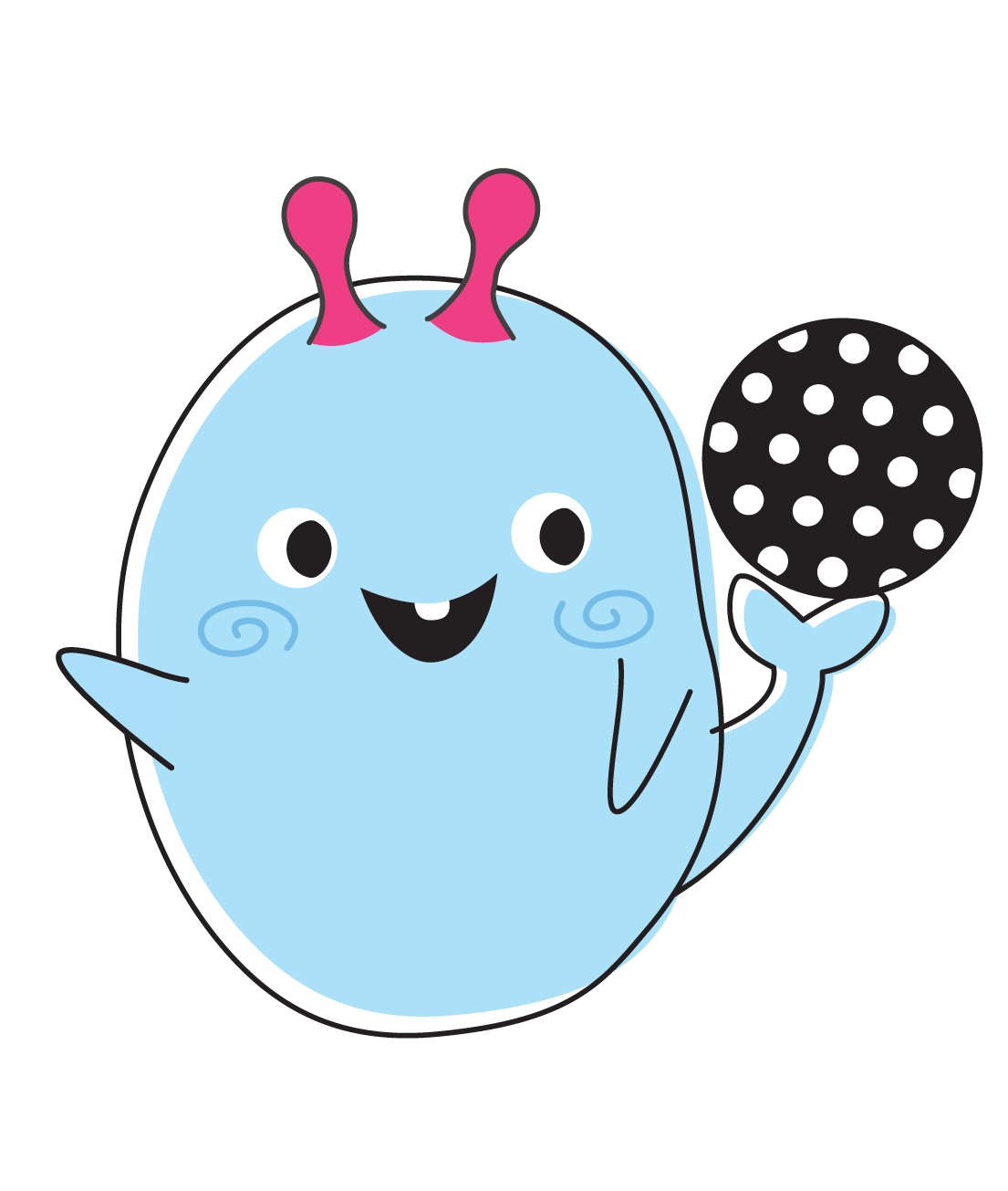STEM Exploration for Infants and Toddlers: Sound
A: STEM education for young children is not just about programming, machines, and AI, but rather guiding them to use everyday materials around them to solve real-life problems. For infants and toddlers, their daily “work” is to explore the materials, tools, and objects around them, and to find causal connections to solve problems.
A: They can understand different sounds, cause-and-effect relationships between objects and sounds, exercise both fine and gross motor skills, explore the use of “tools,” and have a basic understanding of the concept of “space.”
A: They can understand different sounds, the cause-and-effect relationship between objects and sounds, exercise their fine and gross motor skills, explore the use of tools, and develop a basic understanding of spatial concepts.
A: Parents can gently hold the child’s hand and ask them to recall whether the sound they just made was “pleasant” or not and encourage them to find a different way to make a sound that is “ear friendly.”
A: Daily materials are great for infants and toddlers to explore sounds. For example, various types of paper (cardboard, foam paper, tissue paper), kitchen utensils (spatulas, pots and pans, mixers), outdoor natural materials (leaves, vegetables, stones), and etc.
A: Infants and toddlers love homemade DIY rattle. Fill a clean plastic bottle with materials that make noise, such as rice, beans, or small stones. Tighten the lid and encourage the child to make different sounds by shaking the bottle. However, parents should supervise their child to prevent small particles from being put into their mouth or nose.
A: Place objects that make noise in areas where the child can crawl or move to, to attract their attention. Encourage the child to explore different sounds by tapping on different objects with their hands or tools. Sing nursery rhymes can also include the child’s name to them.
A: Provide toddlers with a variety of different materials that can be used to create sound and encourage them to make different sounds using different methods. Guide toddlers to listen and distinguish sound size, strength, and pitch. Take toddlers outdoors regularly to discover “sounds of nature.”
A: Provide toddlers with various paper tubes or pipes and encourage them to speak into them to hear the different sounds produced. Play music with strong rhythm and different styles to help them develop a sense of rhythm and melody. Encourage toddlers to experiment with making different sounds using their own bodies.
A:
S (Science) – Sensing that sound is generated by vibration and that the sounds produced by different materials are different.
T (Technology) – Using the body as a tool (low technology) to create sound.
E (Engineering) – Repeated experimentation to determine how to create a specific sound.
M (Mathematics) – Classification, comparison, and understanding of spatial terms.



